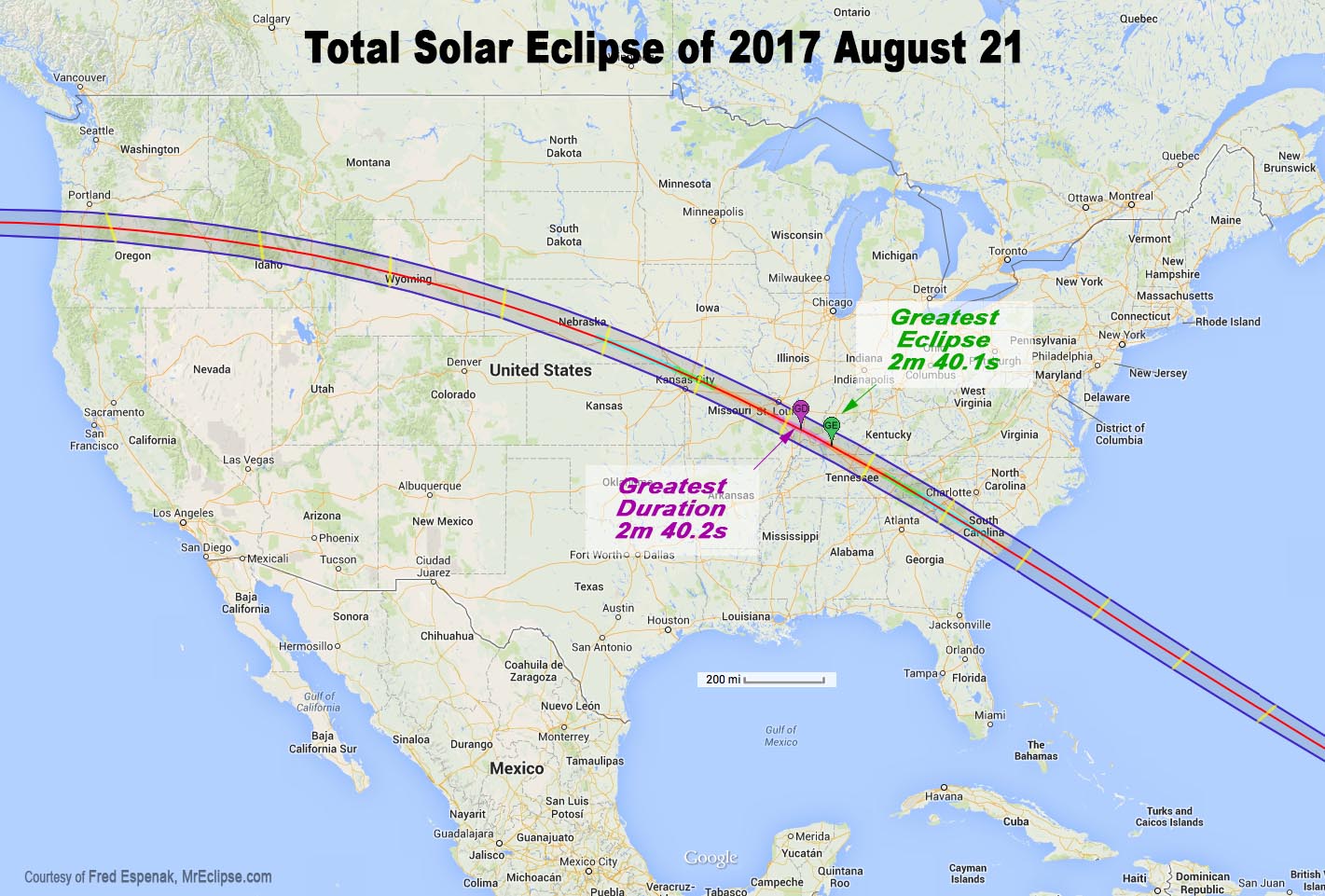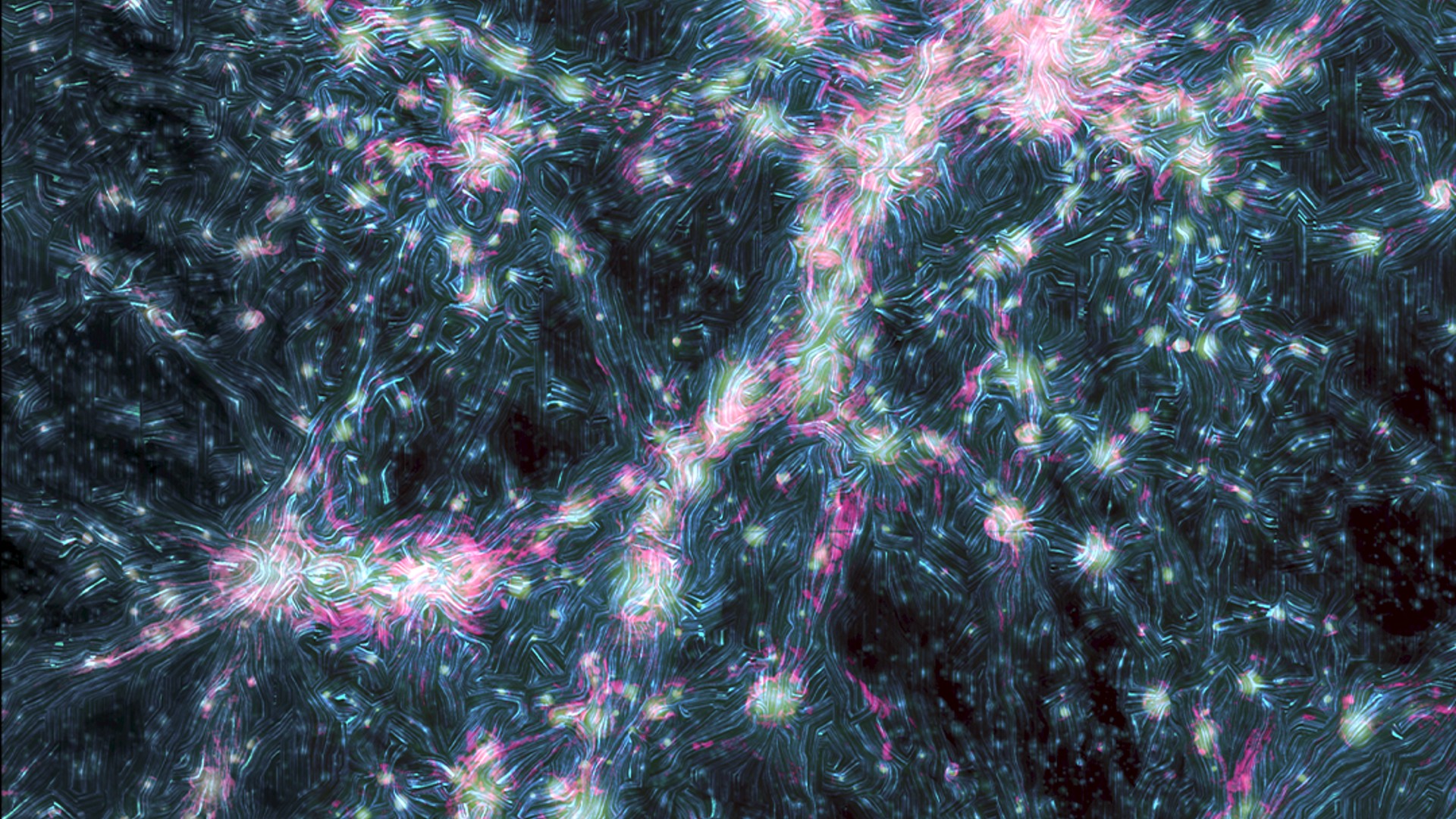It's Coming! Get Ready for the 'Great American Total Solar Eclipse' of 2017

The year of the Great American Total Solar Eclipse is upon us.
On Aug. 21, the moon will completely blot out the sun for observers in 12 states, from Oregon to South Carolina, in the first total solar eclipse visible from the United States mainland since 1979. The rest of North America, and parts of South America, Africa and Europe, will be treated to a partial eclipse.
Enthusiasm has long been high for the Aug. 21 event, and the excitement will only build in the weeks and months ahead. [Total Solar Eclipse 2017: When, Where & How to See It (Safely)]
It's "going to be the most observed, most filmed and photographed, most studied and documented, and, probably, the most appreciated of all eclipses in human history," Lika Guhathakurta, lead scientist for the Living With a Star program at NASA Headquarters in Washington, D.C., said last month at the annual fall meeting of the American Geophysical Union (AGU) in San Francisco.
A special solar eclipse
By a cosmic coincidence, the sun is about 400 times wider than the moon but lies 400 times farther from Earth than the rocky satellite does. That means the two objects appear to be the same size in the sky. When they line up just right, the moon blocks the sun's disk entirely, and Earthlings see a total solar eclipse. [Total Solar Eclipse 2017: Path, Viewing Maps and Photo Guide]
This happens somewhere on Earth just once every 18 months or so, though partial solar eclipses — in which the moon takes a bite out of the solar disk — are more common. On average, two to five solar eclipses of some type occur every year. (Solar eclipses are rare because the moon's orbit is inclined by about 5 degrees relative to that of Earth. If the two bodies orbited in exactly the same plane, Earth-based observers would see a solar eclipse every month, during the moon's "new" phase.)
Total solar eclipses are special, and not just because they happen infrequently, Guhathakurta said.
Get the Space.com Newsletter
Breaking space news, the latest updates on rocket launches, skywatching events and more!
"A total solar eclipse, I would say, is widely regarded as probably one of the most breathtaking, amazing phenomena that you can observe from this planet Earth with your own eyes," she said. "With unaided eyes, you can actually see the outer atmosphere of the sun."
The Aug. 21 event will also bring a strange and brief false night to the landscapes on the "path of totality."
"All of a sudden, you know, you see a 360-degree sunset all around you," Guhathakurta said. "Stars appear. The temperature drops. You can actually hear chirping of grasshoppers. So, animals actually naturally go back to their nocturnal behavior." [Solar Eclipses: An Observer's Guide (Infographic)]
Many people will be able to experience this on Aug. 21 if they so choose: About 220 million folks live within one day's drive of the totality path, according to Space.com skywatching columnist Joe Rao. That 70-mile-wide (113 kilometers) path extends from the coast of Oregon through Idaho, Wyoming, Nebraska, Kansas, Missouri, Illinois, Kentucky, Tennessee, Georgia, North Carolina and South Carolina.
Totality will be fleeting everywhere along the path; the area around Carbondale, Illinois, gets the most protracted view, at 2 minutes and 40 seconds, NASA officials said.
It's been 99 years since a total solar eclipse was so accessible to Americans from coast to coast, eclipse expert Jay Pasachoff, an astronomer at Williams College in Massachusetts, told Space.com last year. In addition, the Aug. 21 event will be the first-ever solar eclipse whose path of totality hits no country other than the United States. (The last one to meet this geographical standard occurred before the nation gained its independence in 1776.)
Scientists eager, too
Skywatchers aren't the only people excited about the eclipse. Scientists are pumped, too, because the celestial show will give them a rare opportunity to study the sun's outer atmosphere, known as the corona.

Temperatures in the faint, wispy corona — which the sun's overwhelming glare usually hides — top 1.8 million degrees Fahrenheit (1 million degrees Celsius). That's far hotter than the sun's surface, which is a pedestrian (by comparison) 11,000 degrees F (6,000 degrees C).
Getting a good look at the corona could shed light on just why it's so sizzling, Pasachoff and other researchers have said.
"This eclipse, because it's going over this [American] landmass, allows us to use all our ground-based equipment, balloons [and] new camera technology to really gather data and kind of understand the sun-Earth connection, but also study the corona in great detail," Guhathakurta said.
Be safe!
You can safely view the total solar eclipse without eye protection, but only during totality. And, as stated above, totality will be brief everywhere. So be very careful: Make absolutely sure the eclipse is in its total phase before raising your naked eye to the sky.
At all other times — to view the unblocked sun, or the solar eclipse in its partial phase — you'll need to use protection, such as special eclipse glasses or No. 14 welder's glass (or solar filters, if you're using a telescope.) Otherwise, serious and permanent eye damage can result.
You can learn more about safe eclipse viewing in this Space.com infographic.
Editor's Note: If you take a great photo of the 2017 solar eclipse or any other celestial sight you'd like to share with us and our news partners for a possible story or image gallery, send images and comments in to managing editor Tariq Malik at spacephotos@space.com.
Follow Mike Wall on Twitter @michaeldwall and Google+. Follow us @Spacedotcom, Facebook or Google+. Originally published on Space.com.
Join our Space Forums to keep talking space on the latest missions, night sky and more! And if you have a news tip, correction or comment, let us know at: community@space.com.

Michael Wall is a Senior Space Writer with Space.com and joined the team in 2010. He primarily covers exoplanets, spaceflight and military space, but has been known to dabble in the space art beat. His book about the search for alien life, "Out There," was published on Nov. 13, 2018. Before becoming a science writer, Michael worked as a herpetologist and wildlife biologist. He has a Ph.D. in evolutionary biology from the University of Sydney, Australia, a bachelor's degree from the University of Arizona, and a graduate certificate in science writing from the University of California, Santa Cruz. To find out what his latest project is, you can follow Michael on Twitter.
